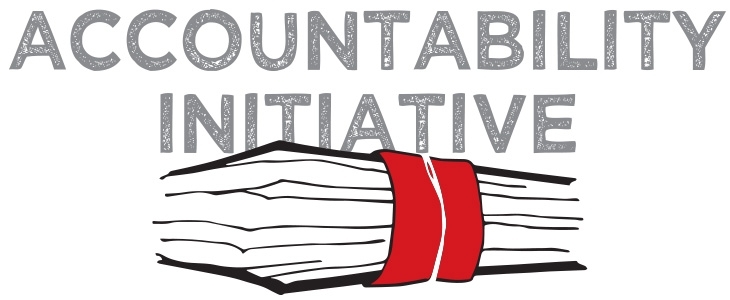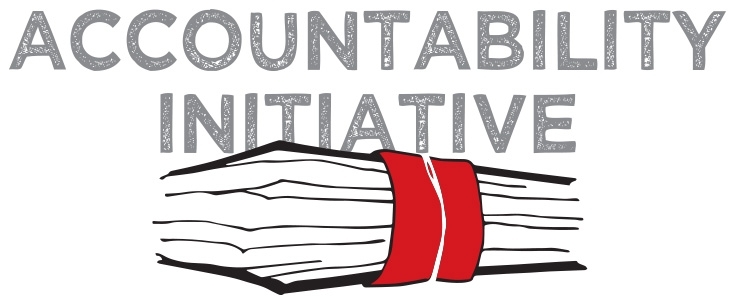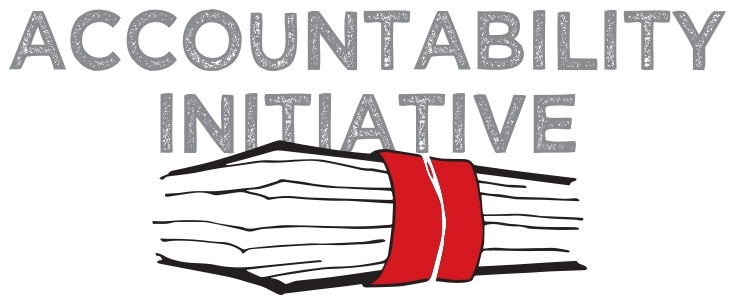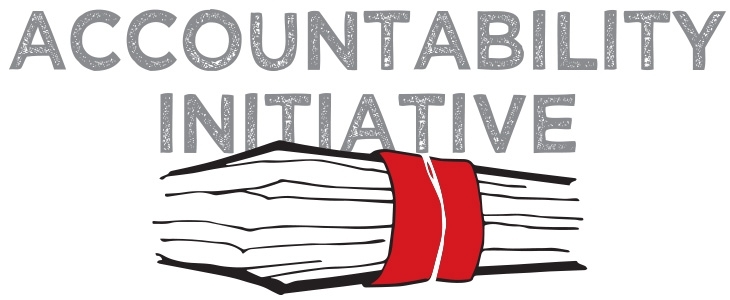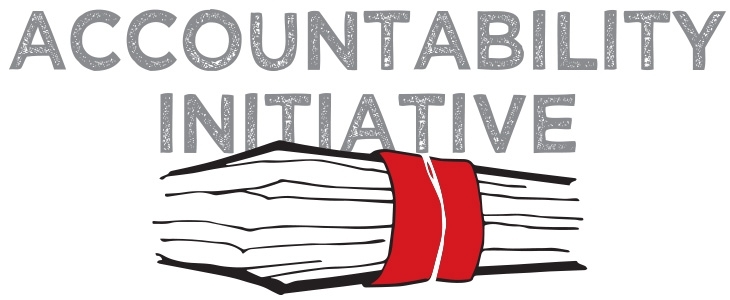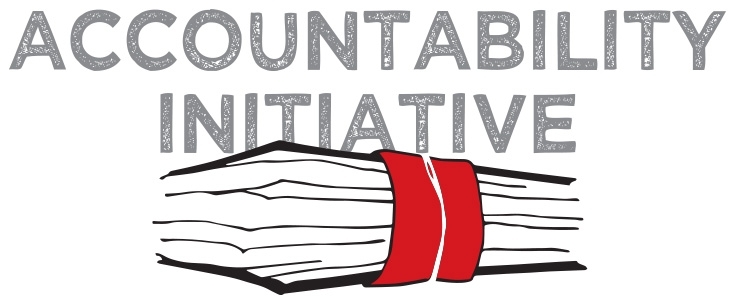Recently, Jaipur’s Rajasthan University played host to the first ever Jan Manch or public hearing to evaluate the operations of the state’s Information commission (SIC). Organized by a network of Rajasthan based civil society organizations including the Rozgar Evum Soochna Adhikaar Abhiyaan, the Jan Manch brought together a motley crew of appellants, activists, and journalists on a common platform to share their experiences in dealing with the commission and debate its effectiveness in safeguarding the provisions of the Right to Information Act (RTI) in the state. What made the Manch unique was the constant stream of senior government officials, including the State Information Commissioner, through the day who sat through parts of the hearing and participated in the deliberations that followed.
As an observer to the day’s proceedings, I was struck by the importance of the event first, because it struck at the heart of the RTI – as the arbitrator of decisions on the nature of information that falls within the purview of the law the information commissions are the last word on the RTI. They thus set the benchmark against which the effectiveness of the implementation of RTI can be judged. Second, by bringing citizens together to share their experiences and debate the effectiveness of the commission in the presence of the commissioner and other officials, the event is a watershed in the nature of citizen-state engagement and the tools and spaces available for citizens to monitor government performance and demand accountability.
By bringing citizens together to share their experiences and debate the effectiveness of the commission in the presence of the commissioner and other officials, the event is a watershed in the nature of citizen-state engagement and the tools and spaces available for citizens to monitor government performance and demand accountability.
In the days preceding the Manch, meticulous research was undertaken to procure data from a wide sample of second appellants, analyze and document their experiences. 700 questionnaires were circulated to appellants across the state soliciting information on their experiences. Over 200 appellants responded. Efforts were also made to directly contact appellants and invite them to share their experiences at the Manch. The research culminated in the preparation of a comprehensive report of the operations of the Information Commission that was shared with participants at the Jan Manch. These findings ensured that the day’s discussions were rooted in objective evidence and real experience.
The survey revealed important facts about the effectiveness of the commission. First and perhaps most worrying, the appeal process rarely results in citizens accessing the information requested. As many as 68% of the respondents said that the commission upheld the decisions made by the Public Information Officers (PIOs) and rejected the appeals. The respondents also said that this reflected a bias in favour of the PIOs. The import of these rejections needs to be understood in the context of the nature or basis on which these decisions are made. A recent nationwide assessment of the RTI conducted by RAAG found as many as 58% of the rejections upheld by the Rajasthan SIC were unjustified and did not comply with the provisions of the Act. In this scenario, the high number of rejections by the commission is worrying. To evaluate the extent to which the appeal process assists citizens in accessing information, respondents were asked whether they received information post the appeal process. 50% respondents said that the appeal process did not result in their receiving information rejected while 30% said that they received parts of the information they wanted.
Another problem the survey highlighted was that of compliance with the commission’s orders. 83% respondents whose appeals were accepted by the commission said that they are yet to receive information from the PIO indicating that PIOs rarely comply with SIC orders. Many activists argue that the reason for this is the failure of the SIC to impose penalties on errant PIOs and award compensation to harassed citizens. According to data collected by RAAG the Rajasthan SIC has imposed 25 penalties since its inception. The survey undertaken by the Jan Manch also highlighted this problem. Respondents were asked if they felt the PIO ought to have been penalized in their respective cases. As many as 90% respondents felt their case merited the imposition of a penalty but a mere 8% said that penalties were actually imposed. Other problems highlighted by the survey included long delays in the SICs and constant postponement of hearings. This is not specific to Rajasthan. The RAAG study found that disposal rates are extremely poor across the country and waiting time for a case to be heard can vary between 2-20 months!
Bringing together citizens and government officials on a common platform to scrutinize the implementation of the RTI and offer suggestions, the Jan Manch demonstrated the potential of platforms such as this to strengthen the implementation of the RTI
The Jan Manch provided an opportunity for citizens to share their travails with the SIC and the government. About 100 second appellants participated in the Manch. There was Raman Kumar who has been trying to access documents pertaining to his pension from the education department since 2007. He has made over 10 visits to the IC and is yet to get his information. There was Ram Kumar Gagani from Chittorgarh whose story reflected the arbitrariness of appeal decisions. His appeal was initially accepted by the IC but the PIO refused to comply. Following this, he filed another appeal to the commission, but this time the commission turned its previous decision on its head and rejected Mr. Gagani’s appeal!
Through data and real life experiences, the Manch unraveled the many challenges to the effective implementation of the RTI. More crucially, the process created the opportunity for citizens and government to debate solutions. The organizers of the event put together a list of demands that they put forward to the SIC. Stricter compliance with section four disclosure norms; the creation of a single window system for submitting RTI applications; spreading awareness about the RTI; speedy disposal of IC cases and stricter imposition of penalties and the inclusion of penalties as an indicator for PIO performance evaluations and finally the tabling of SIC annual reports in the state legislatures were some of the key demands and suggestions made. Panelists and participants also made suggestions towards addressing some of the weakness within the IC. Important amongst these was the suggestion that the IC could publically report on the compliance to its orders by government departments and PIOs. This could go a long way in creating pressure necessary for PIOs to respond to IC orders. The need for better training, budgets and staffing norms were also discussed.
By meticulously analyzing the everyday operations of the commission and bringing together citizens and government officials on a common platform to scrutinize the implementation of the RTI and offer suggestions, the Jan Manch demonstrated the potential of platforms such as this to strengthen the implementation of the RTI. To me, the most revolutionary aspect of the day’s proceedings was not so much the complaints citizens made but rather the fact that much of the day was spent discussing concrete suggestions for improving performance. Making complaints is easy but offering constructive suggestions for improvements is much harder. The importance of these suggestions is that many came directly from citizens who have invoked provisions of that Act and are thus well versed with its strengths and weaknesses. Second, the Jan Manch marks the first time that citizens voluntarily came forward to scrutinize government functioning and engage in a constructive dialogue with officials. The presence of officials through the day suggests the beginnings of a significant mind-set change within the government where officials have at least recognized the value of direct citizen engagement. All participating officials spoke of their desire to receive constructive suggestions and feedback through this Manch.
Most important, the Manch is a testimony to the tranformatory potential and power of the RTI. The very fact that hundreds of citizens responded to survey questions and many of them willingly made their way to Jaipur to share their experiences is evidence enough of the power of the RTI. What we need are many more Jan Manches.
Yamini Aiyar is the Director of Accountability Initiative, and Senior Research Fellow at Centre for Policy Research



